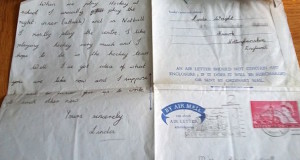 Today, thanks to mobile phone technology, we can easily hold a conversation on a train with someone hundreds of miles away. Back in 1930, many decades before the mobile was developed, experts at Canadian National Telegraphs were bringing this convenience to rail travellers.
Today, thanks to mobile phone technology, we can easily hold a conversation on a train with someone hundreds of miles away. Back in 1930, many decades before the mobile was developed, experts at Canadian National Telegraphs were bringing this convenience to rail travellers.
According to a short piece in the issue of Armchair Science for July 1930, a passenger on the ‘ International Limited ‘ service of Canadian National Railways was now able to ‘ complete a call from the moving train to his residence or place of business ‘. In addition, it was now possible for someone ‘ in Montreal, Toronto, or elsewhere to establish communication with a friend on the train, whether in motion or standing ‘. It was not explicitly stated what the maximum range in miles might be for these calls. What is certain though, is that for possibly the first time the phrase ‘I’m on the train ‘ was heard by fellow passengers who frankly couldn’t have cared less.
This radical development in telecommunications was made possible, it seems, by ‘the setting up of a series of “channels” on one wire circuit ‘ by means of which ‘ a number of messages can be sent in each direction at the same time.’ This was, according to the article, a form of ‘broadcasting ‘, using wires and was known amongst telegraphists as “wired wireless”. [R.M.Healey]


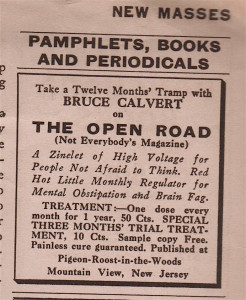
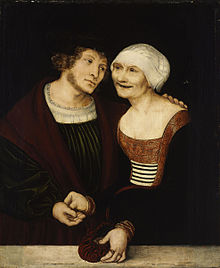
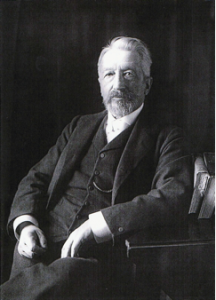

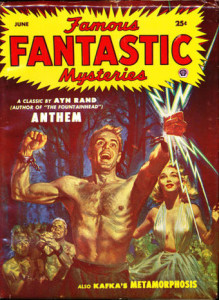 this amusing game that can be played using an iPhone or laptop. One player picks 3 people of seemingly equal fame and then all the players have to say (in order) who has the highest google rating i.e. number of hits. It is best when searching to put the full name in inverted commas – e.g. “Kevin Bacon.” Players score 1 point for naming the person with the most hits and an extra 2 points for naming all 3 in correct order. First to ten , at that point you can play again but one session is usually enough. Try Marcel Proust, Jorge Luis Borges and Vladimir Nabokov. The leader is Borges at 7.88 million, Proust at 4.68 and Nabokov at 3.3 million.
this amusing game that can be played using an iPhone or laptop. One player picks 3 people of seemingly equal fame and then all the players have to say (in order) who has the highest google rating i.e. number of hits. It is best when searching to put the full name in inverted commas – e.g. “Kevin Bacon.” Players score 1 point for naming the person with the most hits and an extra 2 points for naming all 3 in correct order. First to ten , at that point you can play again but one session is usually enough. Try Marcel Proust, Jorge Luis Borges and Vladimir Nabokov. The leader is Borges at 7.88 million, Proust at 4.68 and Nabokov at 3.3 million. Found in a thriller by
Found in a thriller by 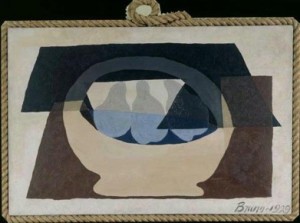 Found – Society Racket: A Critical Survey of Modern Social Life (Long, London 1933) by Patrick Balfour (Baron Kinross) – a journalist. At the time of this book he was ‘Mr Gossip’ at the Daily Express and the character Adam in Waugh’s Vile Bodies was probably partly based on him (Adam becomes ‘Mr Chatterbox’ at the ‘Daily Excess’.)
Found – Society Racket: A Critical Survey of Modern Social Life (Long, London 1933) by Patrick Balfour (Baron Kinross) – a journalist. At the time of this book he was ‘Mr Gossip’ at the Daily Express and the character Adam in Waugh’s Vile Bodies was probably partly based on him (Adam becomes ‘Mr Chatterbox’ at the ‘Daily Excess’.)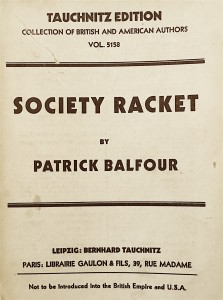

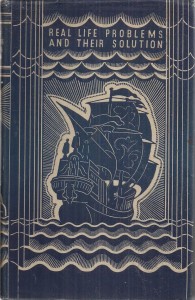
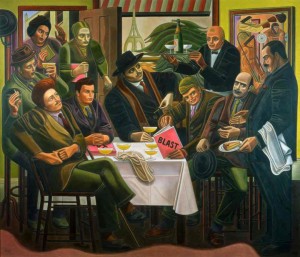
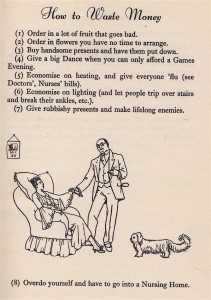
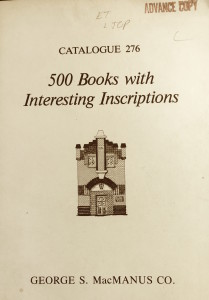 Found – a 1982 book collector’s catalogue from George S Macmanus of Philadelphia 500 Books with Interesting Inscriptions. Mostly modern American and British literature, it has many direct signed presentation from the authors and many
Found – a 1982 book collector’s catalogue from George S Macmanus of Philadelphia 500 Books with Interesting Inscriptions. Mostly modern American and British literature, it has many direct signed presentation from the authors and many 
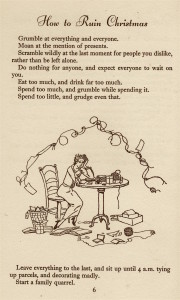
 Found, part of a menu for the Chelsea Arts Club Ball, which was held at the Albert Hall, March 4th 1914:
Found, part of a menu for the Chelsea Arts Club Ball, which was held at the Albert Hall, March 4th 1914: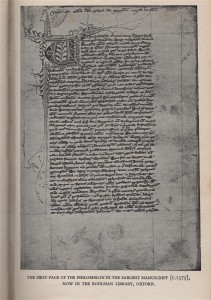 Bishop Bury of Durham spent so much money on books that he lived in dire poverty and debt and when he died all that could be found to cover his corpse was some underwear belonging to his servant.
Bishop Bury of Durham spent so much money on books that he lived in dire poverty and debt and when he died all that could be found to cover his corpse was some underwear belonging to his servant.